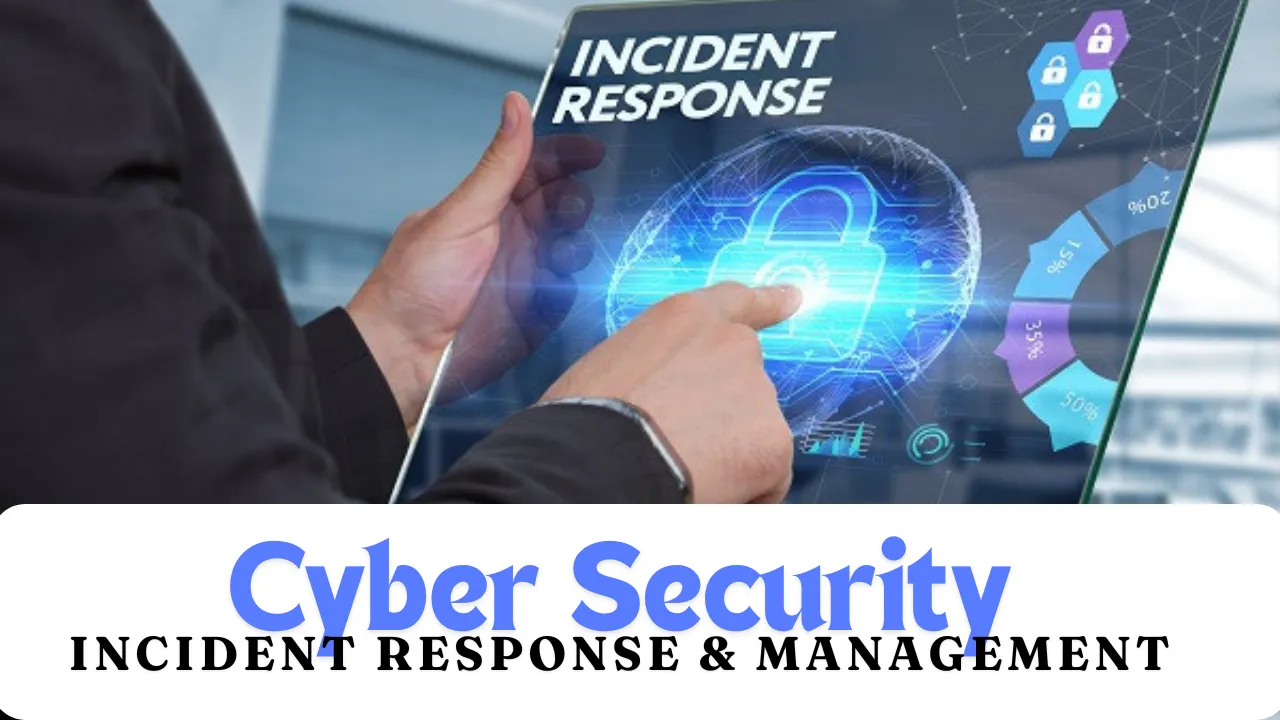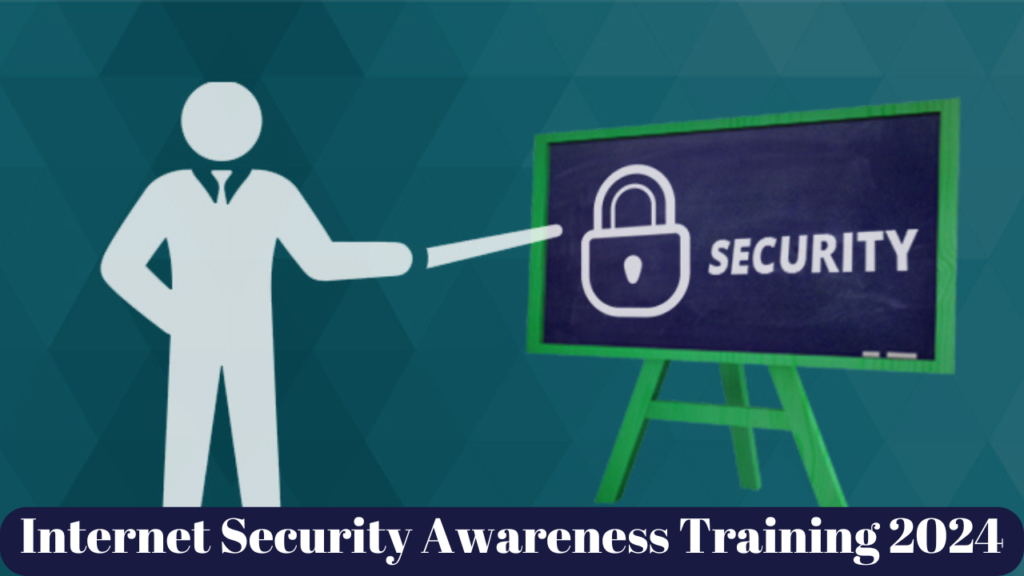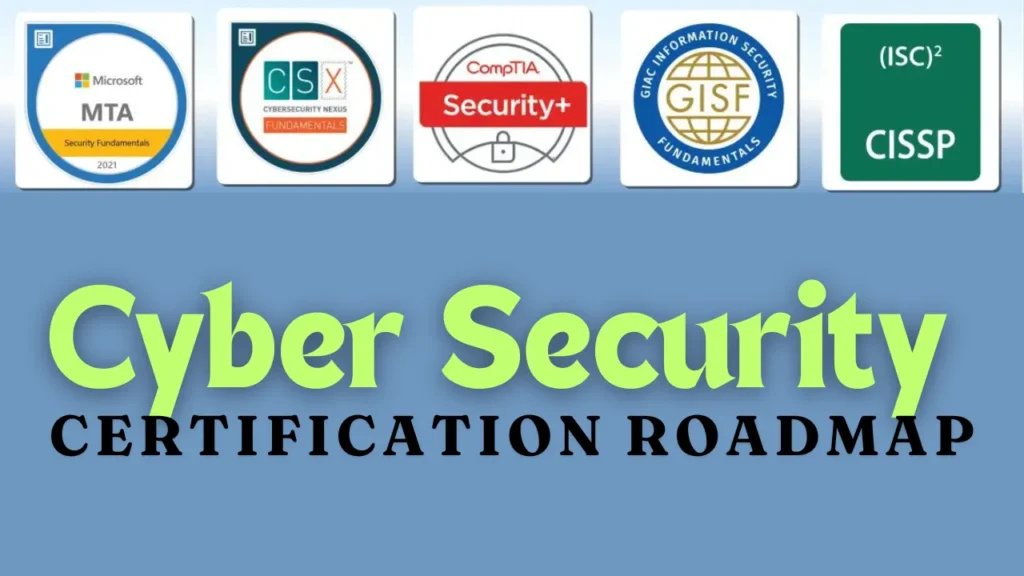Understanding Cyber Security Incident Response
Definition of a Cyber Security Incident
Cyber Security Incident is an unwanted or unexpected security event which could harm the business or compromise the information.
Cyber security incident refers to any event that occurs or process that is implemented that violate the principles of Cyberspace and can lead to unauthorized change in details’ confidentiality, integrity or availability.
Importance of Incident Response
It is critical to allow organizations to quickly reduce the consequences of a security breach, restore services, and prevent future ones. It plays a role of promoting and sustaining customer and stakeholders’ confidence.
Key Components of Incident Response
Preparation
Preparation mainly entails developing an incident response plan, identifying roles, and responsibilities together with the establishment of security measures that can assist in handling of the incidents.
Detection and Analysis
Detection can be defined as the process aimed at the identification of potential security incidents as well as the process of monitoring and assessment. Investigation entails understanding the type of the incidence as well as the extend to offer the best response plan.
Containment, Eradication, and Recovery
The objective of containment is to minimize consequences of the incident and to avoid having other areas affected. Eradication relates to the process of getting rid of the source of the occurrence, while recovery involves bringing back IT systems that have been impacted back to their optimal state.
Post-Incident Activity
The other related activities include post-activity that is after the consideration of the course of the accident, documentation of findings, and how to avoid the reoccurrence of the same.
Developing an Incident Response Plan
Stakeholders are encouraged to develop an Incident Response Plan in the course of managing their affairs.
Steps to Develop a Plan
The planning process aims at developing an adequate framework that will help in the achievement of the targeted goals The following steps can be followed when developing a plan:
Managing an incident specifically involves involving determination of hazards that are capable of emerging, determination of practices to apply in handling the adverse occurrences and point of contact practices.
Testing and Updating the Plan
The incident response plan should be repeatedly tested and updated to guarantee that it can perform the functions expected of it. This encompasses doing the rehearsals and practicing activities which mimic the real-life situations.
The Incident Response Team
Roles and Responsibilities
In the world of incident response, there is a team with clear designations on the type of work to be accomplished: the incident coordinator, technical analysts, and communications specialists. Every member mentioned has an expected responsibility or part to play in handling incidents.
Coordination and Communication
In order to design efficient incident handling and communication, inter alia, the following factors should be taken into consideration: Co-ordination & Communication Among the Incident Handling Team.
Common Challenges in Incident Response
Lack of Preparation
Another problem found in many organizations is high risk involvement in the actual incident response largely due to lack of preparedness for this activity in terms of training and equipment.
Inadequate Resources
Activities in organizations are escalated by limited funding and personnel that threatens the organization’s capability in managing incidents.
Complexity of Attacks
With the recent developments of sophisticating cybercrimes, it has become more difficult for the incident response teams to counter the hackers since they must be able to remain informed on new threats and methods of managing it.
Best Practices for Effective Incident Response
Continuous Monitoring
It is an effective way of ensuring that networks and systems are monitored for any threats or vulnerabilities and then containing the incident.
Regular Training and Drills
Training and drills are Critical preparedness activities help to build the core competencies of incident response teams regarding real-life situations.
Collaboration with External Partners
Training with external partners like the police, security suppliers, and other security managers can tremendous help an organization in incident response.
Conclusion
Therefore, cyber security programmes involving the identification, response and management of incidents are essential for enabling organisations act as a shield that protects its stakeholders’ valuable information. It is thus turning into the understanding of the various constituents in the incident response process, and the best practices which may be entrenched to ensure that an organization can be in a comfortable standing to respond for incidences and likewise minimize their repercussions.
FAQs
What is considered to be a cyber security incident ?
Cyber security event Information security threat refers broadly to any event that has the potential to undermine the confidentiality, integrity, or availability of information and includes any unauthorized access, disclosure or change to the information or any disruption of service.
Why incident response is important to organizations ?
Incident response is a fundamental component of information security, which must be implemented in order to reduce the consequences of an attack, bring services back into operation, and learn lessons for the future. It also plays a major role in ensuring that customers and other stakeholders remain loyal and put their faith in the business.
How to prepare for cyber security incidents ?
Some of the recommendations include having an incident response plan in place, mapping out roles of responsible personnel, and making sure that the organization has measures in place in order to prevent and deal with incident occurrence.
What are the important components of an incident response plan?
Incident response plan involves pre-incident activity, during the activity, activities to contain and to remove the causes of the incident and finally, after the incident.
How to improve the incident response capabilities?
Organizations should enhance the approach on monitoring network and systems; practice through training and drills, and integrate with external partners.








